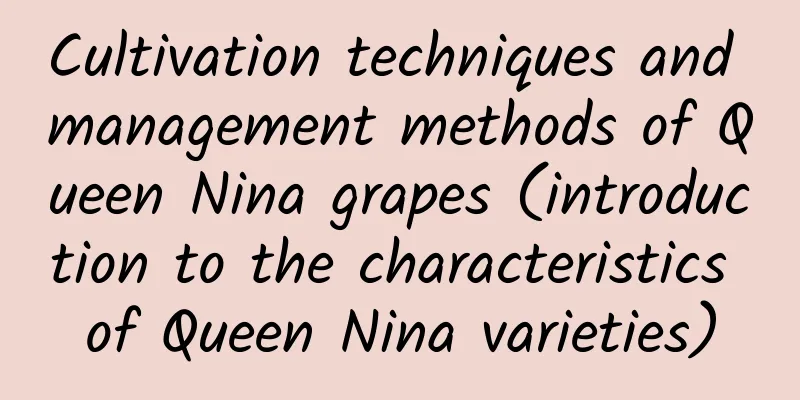What soil to use for violets

The most commonly used three-in-one soil for violetsPerliteIt has good hydrophobic properties, neutral pH value, is clean and sterile, contains no nutrients, and has low fertilizer and water retention capacity. VermiculiteSlightly acidic, clean and sterile, with moderate fertilizer and water retention capabilities. Peat soilIt is slightly acidic, contains organic matter, and has strong fertilizer and water retention capabilities. Mixing the above three planting materials in a certain proportion can meet the needs of violets. Use line suction water supply, so the hydrophobic performance needs to be particularly improved. Violet soil ratioPerlite: vermiculite: peat soil (2:1:1). By using normal watering methods, the ratio of vermiculite and peat soil can be appropriately increased. Of course, these proportions are not mandatory. You can adjust the proportions according to the planting environment and your needs. If the environment is humid or you water the plants frequently, the hydrophobicity will increase, while the water retention will increase. The planting material will become acidic after about 6 months of use. When the pH value is lower than 6.5, a chemical lock effect will occur, making the plant unable to absorb nutrients in the planting material and can only absorb iron. The iron element alone will cause toxicity in the plant's body, and as toxins accumulate, it will lead to the death of the plant. Therefore, it is a better choice to change the planting material about every six months. Materials that delay soil acidificationEggshellContains calcium, which can delay the planting material from becoming sour and extend the use time of the planting material. carbonRegulate humidity, filter impurities, deodorize, decompose harmful chemicals, provide trace elements, and delay the acidification of planting materials. After adding an appropriate amount of auxiliary materials, the soil replacement time can be extended by 2-3 months. The growth morphology of the plant can also be used to determine whether the planting material has become sour. If you still don't have time to change the soil after using the planting material for 6-9 months, apply less fertilizer or even no fertilizer. Rinsing the planting material with clean water from time to time is also a way to alleviate the acidification of the planting material. |
<<: How to sow potted osmanthus
Recommend
Can Clivia be watered with beer water?
Can Clivia be watered with beer water? Clivia can...
Urea plus potassium dihydrogen phosphate as foliar fertilizer sprayed together (is it effective to use them together)
In addition to staple foods such as rice and nood...
How to breed Luanfengyu and what to pay attention to
How to breed Luanfengyu There are two ways to pro...
Four Seasons Maintenance of Daxuesu
Spring and summer maintenance of Daxuesu Spring m...
When does Epiphyllum bloom?
Flowering period Epiphyllum blooms in summer and ...
Can the stems of dried baby's breath be cut and propagated? Can dried flowers be placed in the bedroom?
1. Is it possible to take cuttings? The stems of ...
Yellow leaves, rotten roots and no flowers? It only takes 2 steps to solve the problem, and it won’t be a problem to maintain it for 10 years!
Common Symptoms During the maintenance process, t...
The difference between hairy radish and wild peony
1. Leaf Difference The leaves of the hairy radish...
When is the best time to prune a mango tree?
Mango tree pruning time Mango trees generally nee...
How to identify Dracaena fragrans
1. Tree shape Dracaena fragrans is classified as ...
The efficacy and function of perilla stems, the efficacy of perilla leaves
1. The efficacy and function of stems 1. Anti-inf...
Wood chips are actually great for growing flowers? Flower-growing masters rely on it to turn one pot of flowers into 100 pots!
The first wonderful use of wood residue: cutting ...
Schisandra chinensis planting conditions and climate requirements
Schisandra chinensis planting conditions Schisand...
How to grow ferns in summer
Humidity Control We know that ferns like moisture...
Pineapple planting conditions and temperature are suitable for planting
Pineapple Introduction Pineapple is a tropical fr...









